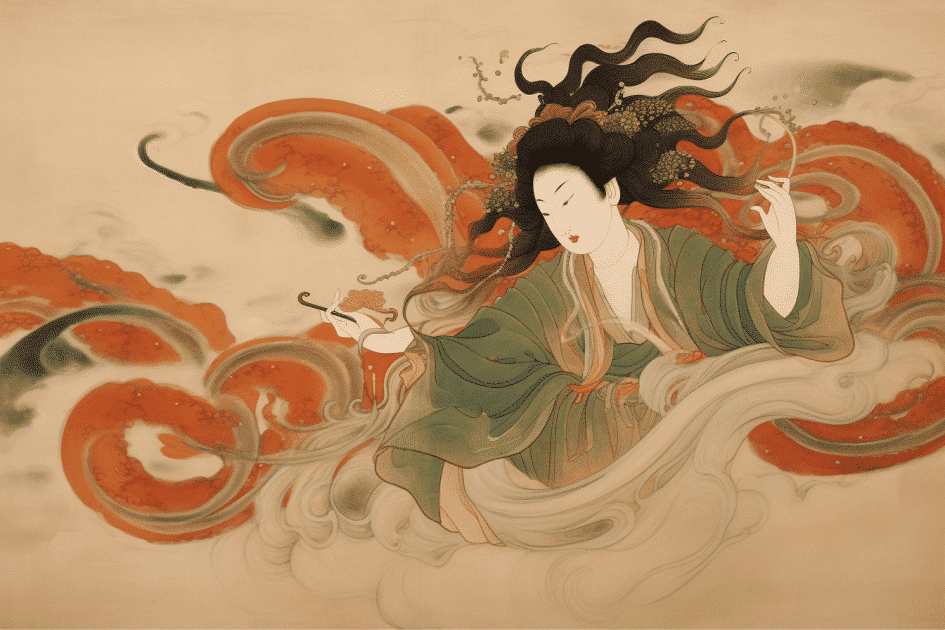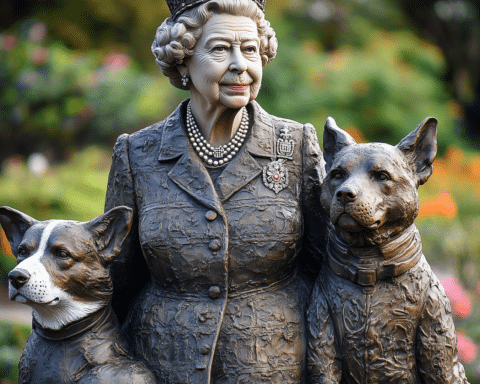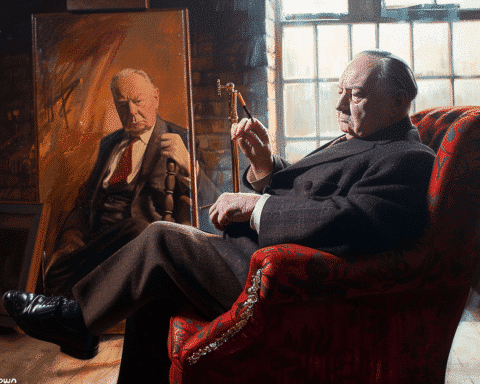In the late 17th century, Kiyohara Yukinobu, a rarity as a female artist in Japan, achieved distinction for her atmospheric ink paintings on silk. She artistically illustrated women, wildlife, and flora and followed a path less tread by women in her country. Yukinobu rose to become a celebrated artist of the Kanō school, Japan’s most esteemed line of painters. For a century posthumously, she held a prominent place in literature and theatre, creating an enduring legacy despite her possibly short lifespan of just 39 years.
However, in contemporary times, Yukinobu’s recognition has waned as modern art historians and establishments have been negligent in illuminating her achievements and those of other historical Japanese female artists.
“Yukinobu’s name deserves more recognition than it currently gets,” said Einor Cervone, the Associate Curator of Asian Art at the Denver Art Museum, which hosted a recent exclusive exhibition of historical Japanese female artists’ works called “Her Brush.” She believes Yukinobu’s diminished renown is not a lack of talent or productivity but rather the deficiency of historical research and curatorship over the past century.
Despite being a part of many museum collections, including those of the Tokyo National Museum and Miho Museum in Kyoto, Japan, Yukinobu’s scroll paintings are seldom prominently displayed, says Paul Berry, an independent Japanese art historian. He regrets the lack of exposure to Yukinobu and other Japanese female artists beyond infrequent collective exhibitions.
Despite scant details about her personal life, Yukinobu remains a fascinating character. In an era of stringent societal restrictions for women, she made her mark within the Kanō tradition, combining Chinese painting techniques with Japanese ornamentation. According to the Metropolitan Museum of Art, she earned the title of “keishū” – a woman highly accomplished in the arts.
Yukinobu’s familial connections to the arts gave her a unique opportunity to train from a young age. Her decision to paint portraits of female historical figures and deities was unusual, given women’s societal status at the time. Nevertheless, Yukinobu never signed her paintings as per the Kanō tradition.
Despite working within the mainstream style, Berry proposes that Yukinobu may have strived to express her uniqueness as an artist. Her decision to sign as Kiyohara Yukinobu could indicate her intention to establish a female lineage.
The fact that she married was remarkable, as girls typically were prepared for matrimony from a young age, the same period crucial for an artist’s training. According to Berry, the impeccable quality of Yukinobu’s artwork was due to her absolute control over the brush, with subtle features and expressive brushwork.
Yukinobu’s success as a painter was exceptional, and her gender may have also been a factor in her popularity at the time, suggested Cervone.
Yukinobu’s legacy can be inferred from the numerous surviving paintings, which were likely commissioned, and the fine, costly materials she employed. However, another aspect of her popularity is seen in the prevalence of forgeries of her work.
Berry expresses hope for more of Yukinobu’s art to be displayed by institutions in the future and is confident there are sufficient existing works for a substantial solo exhibition. Despite slow progress, efforts are being made to bring attention to Japanese female artists, including by the Jissen Women’s University in Shibuya.
Cervone hopes Yukinobu’s centuries-old brushstrokes will gain further recognition and more people will connect with her work. As Cervone notes, the act of a woman taking up a brush in a patriarchal society 400 years ago is a powerful statement that continues to resonate today.
In retrospect, Kiyohara Yukinobu’s story and artistry serve as a testament to resilience, talent, and the power of women in the face of societal constraints. She made significant strides in a highly patriarchal society and left an indelible mark in art. As the curtain lifts to reveal her true legacy, Yukinobu’s brushstrokes whisper narratives of strength, grace, and defiance that continue to echo in contemporary discourse. The hope remains that her legacy will inspire present and future generations of artists to break barriers, express their truths, and leave their unique imprints on the world’s canvas.




